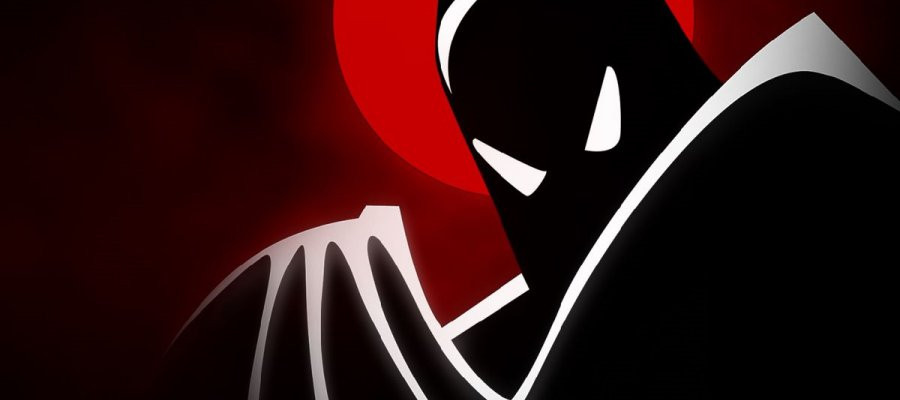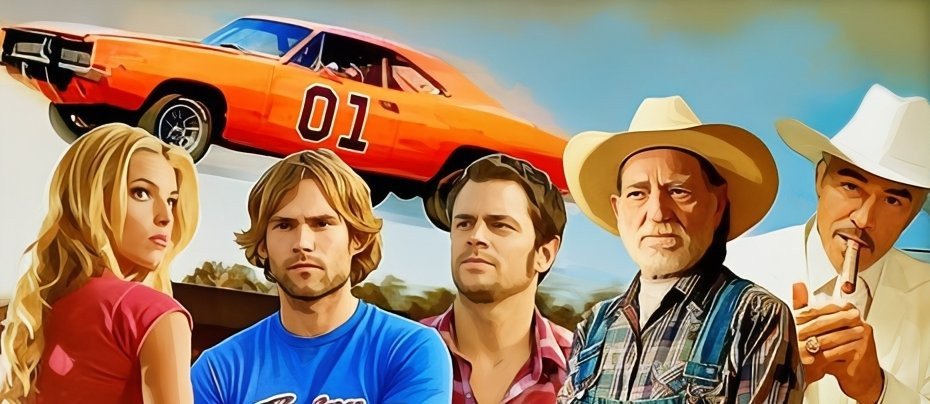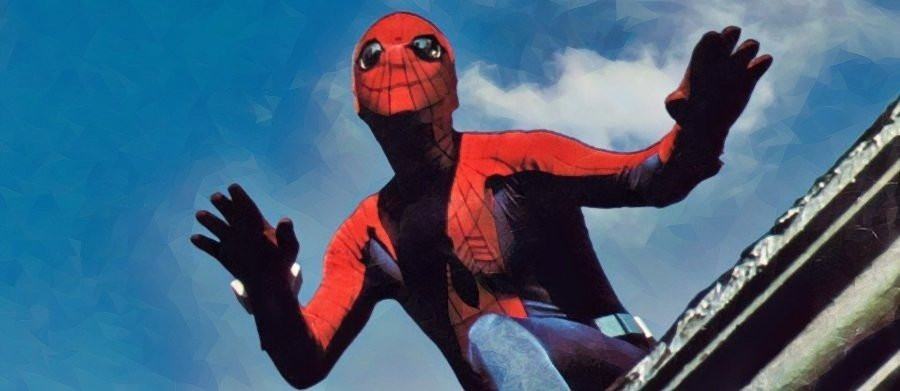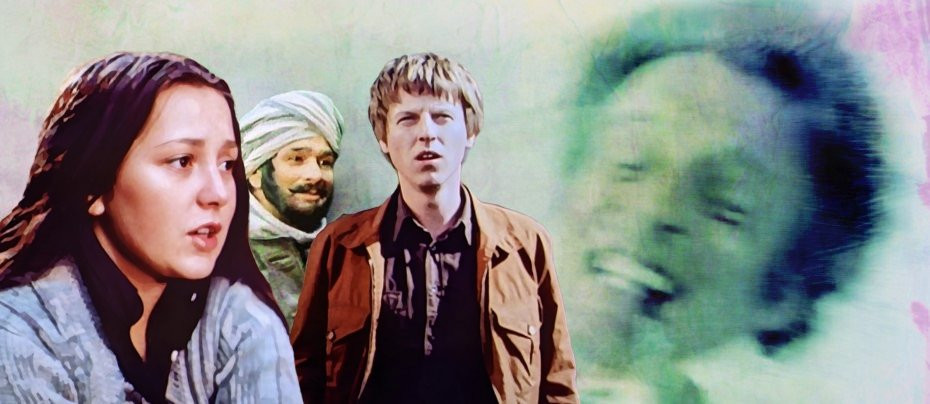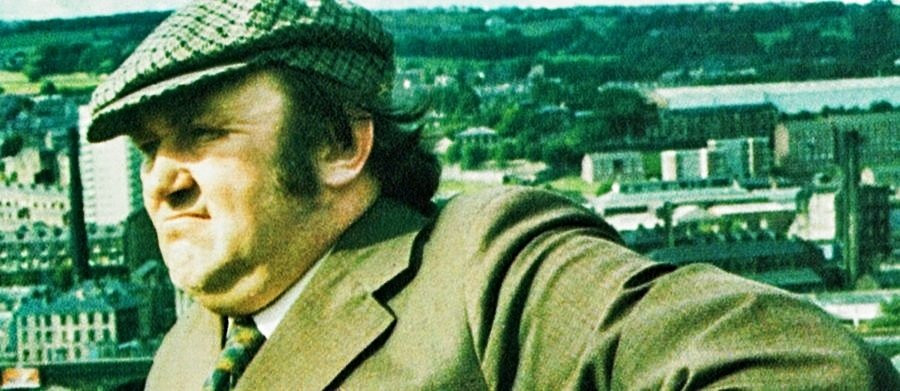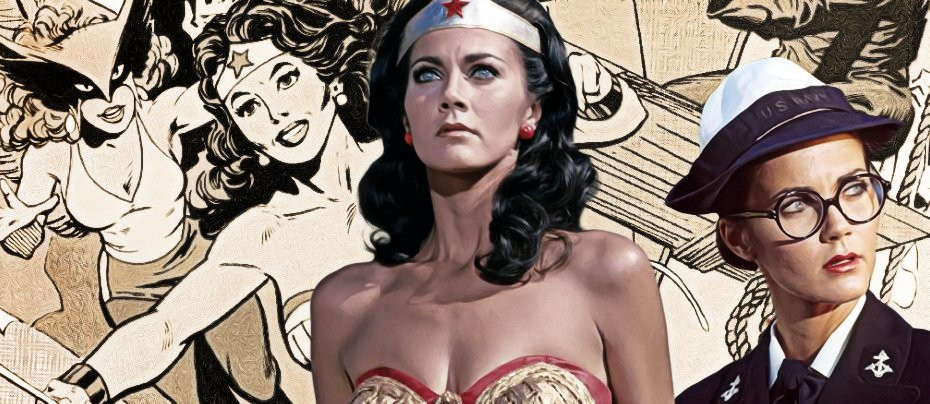
Wonder Woman
1975 - United StatesWonder Woman first appeared in All Star Comics #8 in December 1941, as a back-up story. Created by the American psychologist and writer Charles Moulton (real name William Moulton Marston – who, with his wife built the prototype of the lie detector) and artist Harry G. Peter. Marston's wife, Elizabeth, and their life partner, Olive Byrne, are credited as being his inspiration for the character's appearance.
Marston was a polygamist and also believed that women would rise up to lead the world into a new and peaceful age. Along with his affiliation with the women’s suffrage movement, these are the probable influences in the creation of Wonder Woman.
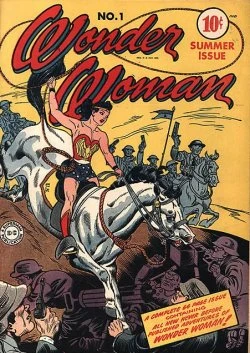
Created during World War II; the character was initially depicted fighting Axis forces. Initially, Wonder Woman was an Amazon champion who wins the right to return Steve Trevor – a United States intelligence officer whose plane had crashed on the Amazons' isolated island homeland – to "Man's World" and to fight crime and the evil of the Nazis. Following her debut, she was featured in Sensation Comics #1 (January 1942), until starting in her own series in the Summer of that year.
Marston wrote Wonder Woman until his death in May 1947. Robert Kanigher succeeded Marston as writer in 1948, but the popularity of superhero comics had sharply declined in the post-war years. Of course, screen versions of Batman and Superman have always helped to revive interest in the comics and The Adventures of Superman gave The Man of Steel a huge boost in the 1950s as Batman did for The Caped Crusader in the 1960s.
Having given Batman a wonderfully successful high-camp makeover, a format that turned the Caped Crusader into a sure-fire ratings hit and thereby creating a 1960s television icon, William Dozier wanted to follow the series up with another DC Comics hero. But this time, he decided to go all out on the comedy front and create a satire of the original forties comic-book hero, Wonder Woman.
Far from perceiving Wonder Woman as the original author intended; an intelligent feminist icon, a pacifist, but one who when required was a fighter experienced in many ancient and modern forms of armed and unarmed combat such as the Amazonian martial arts of her ancestors, and with godlike abilities of superhuman strength, he saw her as a dowdy-looking accident prone young woman living at home with a nagging mother. When she was required to turn from plain old Diana Prince into her alter-ego of the Amazon Princess, she simply put on an ill-fitting costume and stood before a mirror where what was reflected back to her was the vision she imagined herself to be – (played, would you believe, by another actress). Dozier commissioned a half-hour pilot episode from writers Stan Hart and Larry Seigel, later rewritten by Stanley Ralph Ross, and cast Ellie Wood Walker in the lead. It’s not known if the full half hour was filmed but a quick search of ‘Wonder Woman 1967’ on YouTube will give you an idea of the flavour of the show with a five-minute clip. It will also give you an idea of why the networks passed it up.

The next attempt to bring Wonder Woman to the small screen was a TV-Movie which aired on US television in March 1974. Simply titled Wonder Woman, it starred former tennis-pro Cathy Lee Crosby - who looked and dressed nothing like the original comic-book character (blonde hair and clad in what looked like a cheap zip-up fleece and blue leggings) and gave a performance that lacked any substance as a superhero, or for that matter, a half-decent actress. Oddly though, and despite being scorned by the critics, the movie garnered a good enough viewer rating for the ABC Network to order a sequel. This time, with a change of lead actor (Lynda Carter had originally auditioned for the first movie but was turned down), and change of costume, as well as a half-decent script which was faithful to its source material, The New Original Wonder Woman was a minor hit.
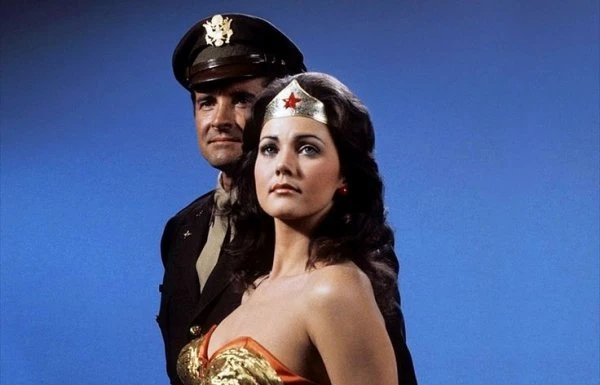
After a dogfight with a Nazi plane, U.S. Air Force pilot Steve Trevor (Lyle Waggoner) crash-lands on an uncharted island in the Bermuda Triangle. Paradise Island is inhabited only by women and their existence has been kept a secret for thousands of years. Learning of the Nazi threat to humanity, the Amazon Princess, Diana, is chosen to accompany Trevor back to the United States to battle the Third Reich. Garbed in a skimpy red, white & blue costume and armed with a magic lasso that forces anyone within its grasp to tell the truth, and possessing an arsenal of magical items, including a pair of indestructible bracelets and a tiara which serves as a projectile, Diana uses her powers as Wonder Woman to battle the forces of evil.
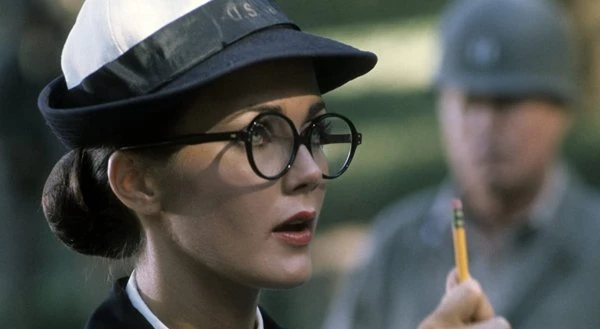
Happy with the relative success of The New Original Wonder Woman, ABC ordered two more episodes – Wonder Woman Meets Baroness Von Gunther and Fausta The Nazi Wonder Woman. Having produced three decent TV Movies, ABC then dithered on whether or not they wanted any more. And there it might have ended as it was more than happy to place its trust in another, more modern version (of sorts) of Wonder Woman – The Bionic Woman. Then in January 1976, Lindsay Wagner, the star of The Bionic Woman, was involved in an automobile accident that left her with bruises, lacerations to her scalp and to the right side of her upper lip. Production on the series was temporarily shut down and in the meantime ABC commissioned another nine episodes of Wonder Woman.
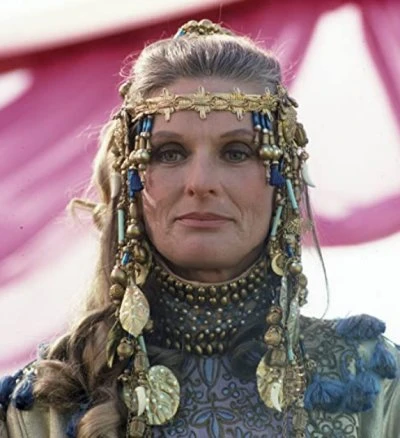
The new episodes introduced viewers to Diana’s younger sister, Drusilla, played by future big screen star Debra Winger and had Carolyn John (Morticia in The Addams Family) as the girls’ mother, Hyppolyta, a role previously played by Cloris Leachman (Phyllis). Rumour has it that Winger had second thoughts about playing Wonder Girl and spent most of her salary buying herself out of her contract.
Warner Brothers, the producers of the series, were unhappy that ABC refused to give it a regular time slot, instead airing episodes as ‘specials’ whenever there was a gap in the schedules that needed filling. In frustration, they went to rival network CBS where Ron Samuels, Lynda Carter's boyfriend and manager at the time, brokered a deal with the network for a full 22-episode season and an impressive contract for Carter of $1 million a year – one of the most lucrative contracts for a woman in Hollywood ever, at that point. However, in taking the series, CBS insisted on making changes to the format which left fans distinctly unhappy.
Setting the series in the 1940s was costing the production far too much and was one of the reasons that ABC were hesitating over a new series, so the new CBS series was set in the 1970s. In The Return of Wonder Woman it’s explained that after the Second World War, Diana returned to Paradise Island. And there she stayed for the next 30-plus years until one day a plane containing several unconscious people lands on the island. Among the passengers is Steve Trevor Jnr (again played by Lyle Waggoner), who works for the Inter Agency Defence Command (IADC) who then manages to convince Diana to return with him to modern day Washington DC and help fight the good fight once more.
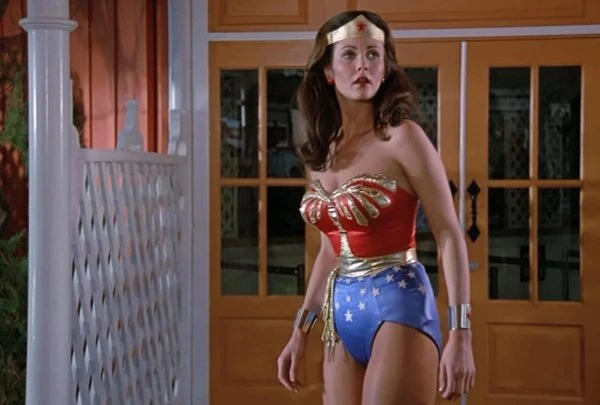
In interviews both Lynda Carter and Lyle Waggoner have said they believe moving the show from the 1940s led to its permanent cancellation, although technically, the show was never formally cancelled. CBS allowed their option to renew the show to expire without a decision. But over the two CBS seasons there was a definite dip in quality with few memorable episodes. Roddy McDowall (Planet of the Apes) guest starred as a mad scientist and Frank Gorshin (The Riddler in Batman) was an evil toymaker, but the series became more farcical by its third and final season.
The one thing that remains memorable about Wonder Woman is the star of the show, Lynda Carter. According to Carter, the three women who would become the original Charlie's Angels - Farrah Fawcett, Jaclyn Smith, and Kate Jackson - all auditioned for the part. Ironically, Carter was also up for one of the Angels.

But when Carter took on the role of Wonder Woman she instantly became an icon, inspiring countless of fans around the world. Wonder Woman 1984 actress Kristin Wiig, Michigan Attorney General Dana Nessel and actor/producer Billy Eichner are among those who have cited her character as a beloved part of their childhood. The Wonder Woman legacy has remained a part of her life ever since and she is frequently requested at conventions. The United Nations invited her to speak at its headquarters in New York during Wonder Woman's 75th anniversary in which the character was selected as an ambassador for the empowerment of women and girls.
To quote the original theme song – she’s still a wonder, that Wonder Woman.
Seen this show? How do you rate it?
Seen this show? How do you rate it?
Published on January 27th, 2023. Written by Marc Saul for Television Heaven.


